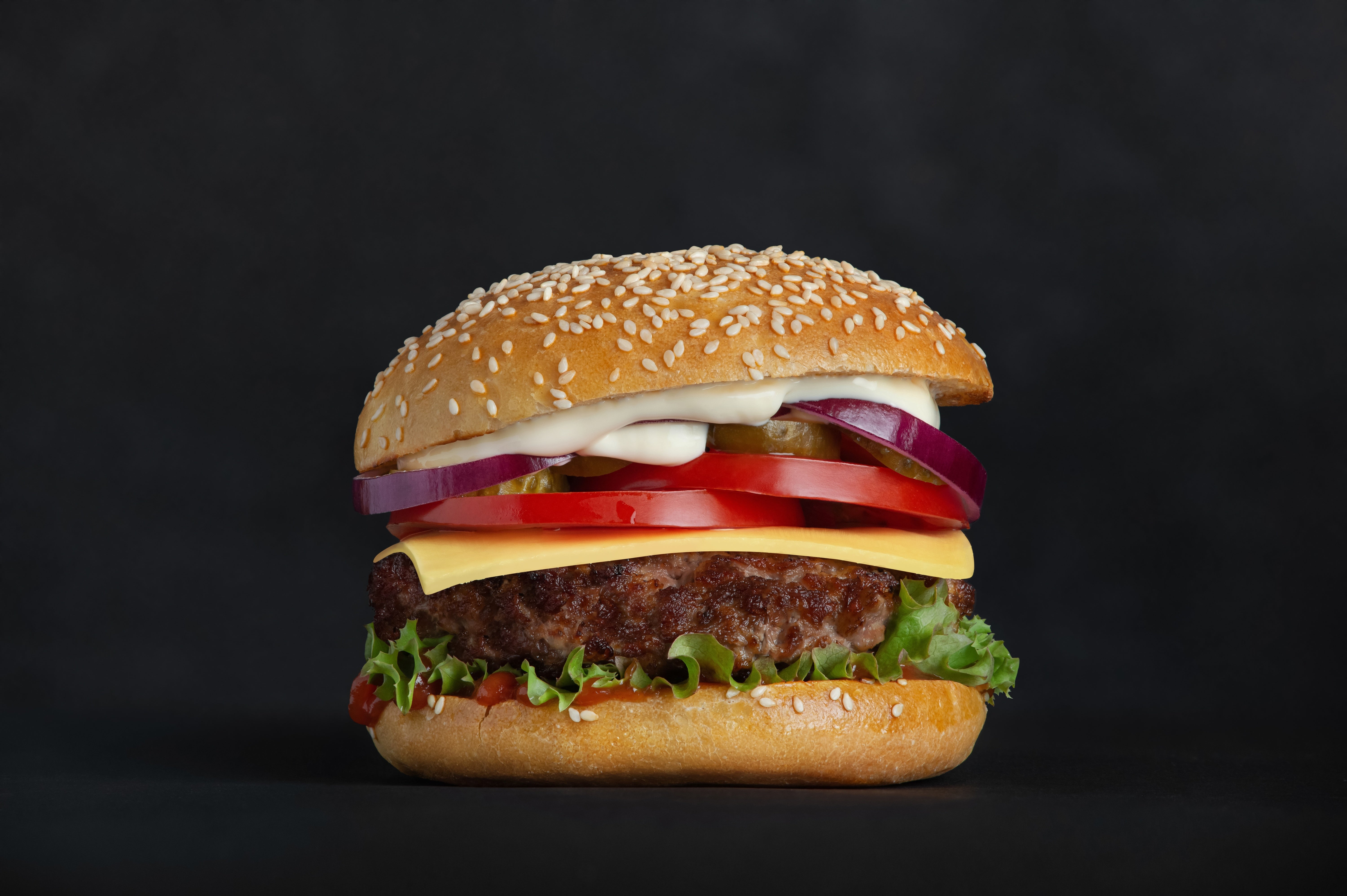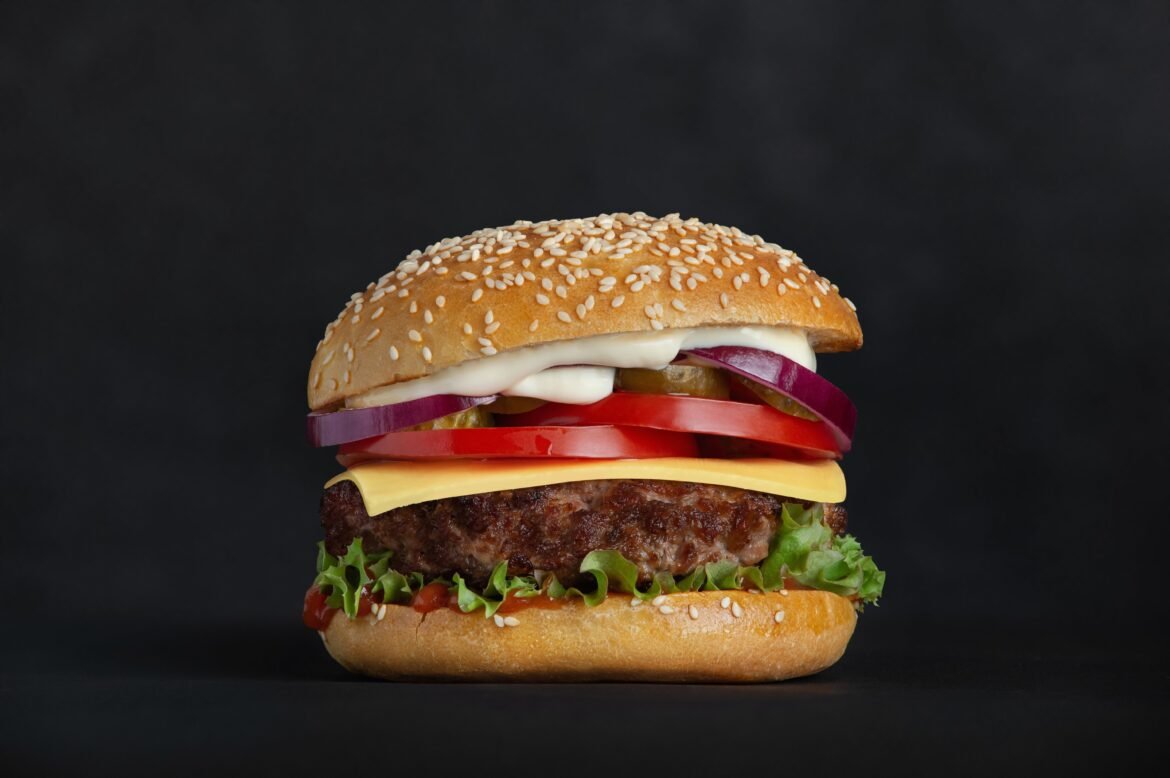
Last week at the start of the COP28 climate conference in Dubai, 134 countries signed a declaration pledging to reduce greenhouse gas emissions from processes related to producing and consuming food.
It’s the first time in nearly three decades of climate summits, which were established to set the world’s direction in tackling climate change, that the importance of food systems has been recognized in this way. Also, for the first time, on 10 December, COP28 dedicated a day to discussing ways to reduce emissions from food and agriculture.
Many have welcomed the moves. “It’s great to finally have food on the COP menu,” says Clement Metivier, a climate and biodiversity policy expert at the World Wildlife Fund for Nature in the UK, who is attending COP28. “There is really a growing momentum around food systems transformation to tackle both the biodiversity and climate crisis.” But equally, researchers say not enough is being done to reduce emissions in one of the world’s biggest, largely untackled sources – and that will involve some tough political decisions.
Making food systems more sustainable is crucial to keeping alive the dream of limiting global warming to 1.5°C above pre-industrial levels, agreed at COP21 in Paris in 2015. Getting food from farm to food-table accounts for around a third of global greenhouse gas emissions, according to a 2021 study by Monica Crippa and Adrian Leap of the European Commission’s Joint Research Centre in Ispra, Italy. The researchers estimated that in 2015, some 70% of these emissions came just from the practice of doing agriculture and land-use changes – such as cutting down trees to clear land for crops.
There is also obvious scope to reduce some of these impacts, for example by limiting the use of fossil-fuel-hungry fertilizers, or by reducing food waste. Roughly half of food systems emissions come from food that is lost in the supply chain – before reaching the consumer – or wasted, according to a study published in March in Nature Food from Xunchang Fei based at Nanyang Technological University in Singapore and colleagues. Halving food loss and waste could remove around one-quarter of greenhouse gas emissions from the food system, the team has estimated.
The declaration signed on 1 December means nations will need to include food and agriculture in their next round of emissions reduction plans – known as Nationally Determined Contributions (NDCs) – that represent their commitment to helping meet the Paris goal. But its initial impact looks likely to be limited.
The declaration is not legally binding. It also fails to mention the role of fossil fuels in food systems such as that used to transport food as well as in powering farm machinery and refrigeration. Food systems, moreover, are not mentioned in the draft text that all nations must agree when COP28 ends on 11 December. “It was a glaring omission,” says Metivier, who hopes that this will be rectified in the final version.
“It’s at least a commitment at the highest level, but there’s still not much specificity in terms of what actually needs to be done,” says biodiversity and agriculture researcher Lim Li Ching at the Third World Network, a non-governmental organization based in Penang, Malaysia. “We need an inclusion of food systems and phasing out of fossil fuels to be built into the revision of national climate commitments,” she says.
Cutting food carbon …
Perhaps the most contentious aspect of reducing food-related emissions is connected with what we eat. Meat, dairy and other animal products generate more emissions than other food types such as fruit and vegetables. Halving meat consumption globally could reduce food system emissions by nearly one-quarter if the calories were replaced by other food types, according to the authors of the Nature Food study.
“Reducing the consumption of animal products in high-consuming countries would deliver the biggest results in the short term and should be the priority,” says food systems researcher Helen Harwatt at Chatham House, an international-affairs think tank in London. Part of this transition should involve financially supporting countries that heavily rely on livestock for development, such as India and countries in Africa, she adds. Currently just 4% of global climate finance goes towards food systems, according to an analysis from the Climate Policy Initiative think tank.
… is not straightforward
But changing how people eat on a global scale is complex. It is firstly “political”, says Patty Fong, a programme director at the Global Alliance for the Future of Food, a group of philanthropic foundations, who is also attending COP28: complex political decisions are required to achieve these goals.
Often, governments argue that safe and nutritious food that also achieves economic growth means prioritizing industrial-scale food production. Such an approach, however, can give less emphasis to environmental impacts, says biodiversity and agriculture researcher Li Ching of the Third World Network.
Li Ching also points out that large corporations – including fossil fuel companies — have good access to governments and can therefore press these arguments, compared with small-scale farmers or Indigenous people who are at the frontline of climate impacts, but have comparatively less influence on policymakers.
There is also a nutritional dimension, says Saswati Bora, an executive with The Nature Conservancy, a conservation organization based in Arlington, Virginia, who is also attending COP28. While people in high income countries might be able to cut down on meat consumption, that is not so straightforward in low-and-middle-income nations where meat is a rare source of protein for many, but where consumption is increasing.
Highlighting this hurdle, in a 2019 study, a group of 37 researchers from 16 countries— the EAT–Lancet Commission on Food, Planet, Health crafted a diet – consisting mainly of plant-based foods with a small amount of meat or fish. But other researchers questioned whether the diet would provide enough nutrition for people in low-income settings.
Such questions of global equity are not the least reason why global recommendations on how to reduce food-related emissions have so far not been on the menu – and could be difficult for many to swallow.
This article is reproduced with permission and was first published on December 8, 2023.



